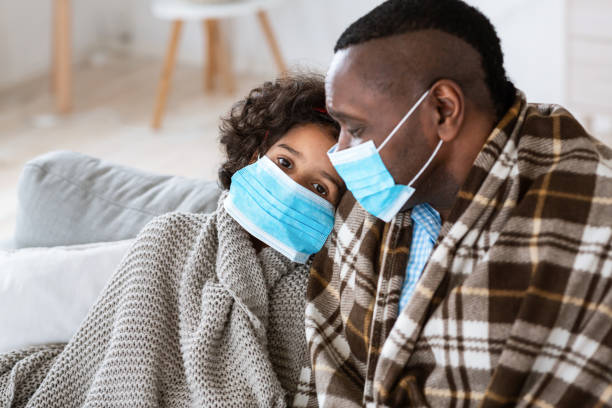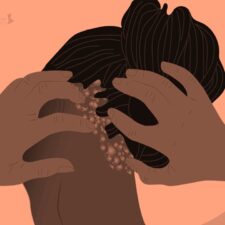
New animal research offers a compelling explanation as to how the Omicron variant causes less severe disease than some of its predecessors: It seems to settle in the nose, throat, and windpipe, rather than traveling down to the lungs.
A large consortium of Japanese and American scientists released a report on their hamster and mice studies last week: Their findings concluded that the animals infected with Omicron were less likely to die, in addition to losing less weight and having less lung damage.
Ravindra Gupta, M.D., a virologist at the University of Cambridge, suggests a molecular explanation for why Omicron does not appear to thrive in the lungs. The TMPRSS2 protein, carried by many cells in the lungs, does not grab onto Omicron well. That means Omicron does not effectively infect those cells as vigorously as Delta, something that both Gupta's lab and a team from the University of Glasgow have independently discovered, The Times reported. Cells higher in the airway tend to not carry that protein and coronaviruses can also slip into cells that do not make the protein.
"It's all about what happens in the upper airway for it to transmit, right?" Gupta told The Times. "It's not really what happens down below in the lungs, where the severe disease stuff happens. So you can understand why the virus has evolved in this way."
In general, Omicron is a milder illness, especially in the vaccinated. However, it can still throw up some strange and uncomfortable symptoms.
Omicron: What Should You Do If You Test Positive?
Unusual Omicron symptoms
Two strange symptoms that have popped up for sufferers are pink eye or conjunctivitis and hair loss.
For some, eye trouble can appear alongside other symptoms in about two days, while hair loss tends to appear near the end of an illness.
According to Healthline, the virus enters the body's cells through receptors for the enzyme called angiotensin-converting enzyme 2 (ACE2) by tricking it into thinking it's the enzyme rather than COVID.
The ACE2 receptors are located in parts of the eyes, such as the retina and the epithelial cells that line the eye white and eyelid.
One of the most unconventional symptoms of COVID is hair loss. According to the American Academy of Dermatology Association, hair shedding is quite common after a high fever.
Omicron warning signs
Experts across the globe have highlighted at least eight early warning signs of Omicron you should never ignore.
These signs typically occur quickly and early in the illness (about two days after exposure) and tend to last for around five days. However, some symptoms can go quicker or linger longer.
The common early warning signs of Omicron include:
- Scratchy throat
- Lower back pain
- Runny nose/congestion
- Headache
- Fatigue
- Sneezing
- Night sweats
- Body aches








